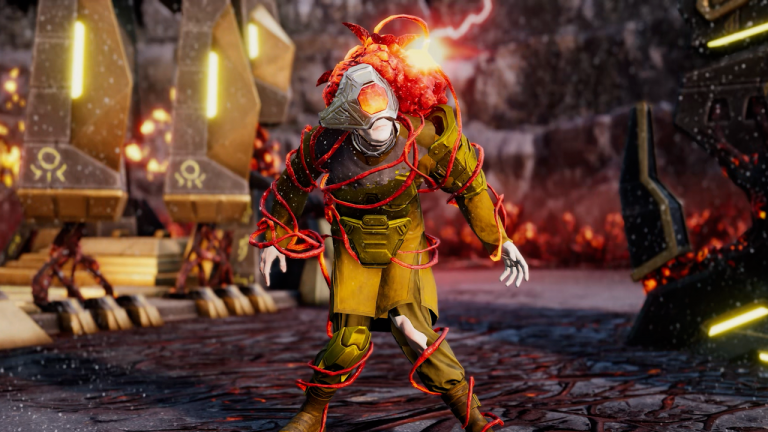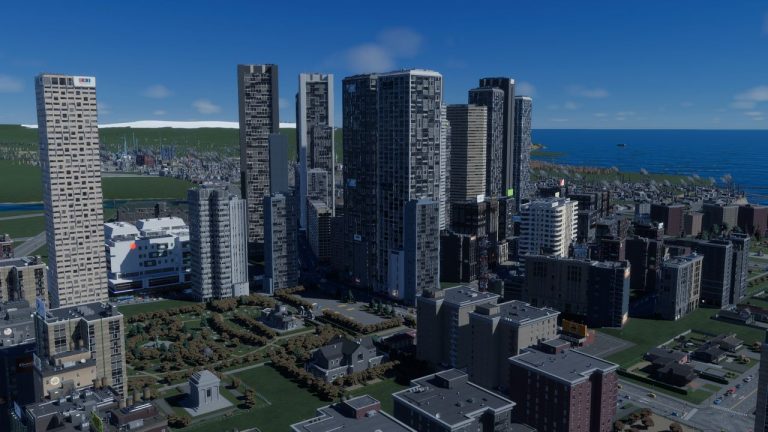The original Doom is a landmark in the history of PC gaming. Hardly news, of course, but its enduring popularity over the past three decades means that it’s also the piece of software that one must use when experimenting with coding or electronics projects. When I saw it being played on a volumetric display, though, it didn’t generate any feelings of nostalgia—I saw the future of PC gaming.
If you’re wondering just what a volumetric display is, it’s a device that consists of a strip or array of LEDs that get rapidly rotated. The image created by the lights changing in a streamed pattern then fills a volume in front of you. In other words, it’s like a holographic display (think Star Wars).
A YouTuber going by the name Ancient has been seemingly obsessed with getting Doom to run on all kinds of little gadgets and displays, but their recent adventures with a volumetric display have been genuinely intriguing. I first saw their attempts at ‘volumising’ Doom a couple of months ago but a recently posted video showed just how much progress the modder has made.
There are some obvious limitations, though, with the most notable being that the draw distance in the game (how far into the world you can actually see) is directly proportional to the size of the volumetric display. Ancient’s homemade system is quite small so it does make the draw distance very short, worse than the first 3D games on the original PlayStation. You can see how the actual game and the display compare in this video.
Something else that’s quite limited is the resolution of the display. While it would be easy enough to add in more LEDs, to increase the number of pixels (or should that be voxels, given the nature of the display?), that just makes the whole thing more complex to program and possibly heavier too, with the extra circuitry required.
Lastly, there’s the issue of noise—the motor that drives the rotation and, when the plastic dome is removed, the whooshing of the air as the display whips around are both quite distracting.
But these are all perfectly understandable and I don’t mention them as criticism of what Ancient has managed to achieve. Their work is all self-funded and homemade, and it’s all very impressive. If you want to see what’s possible when there’s a lot more money involved, then check out the Voxon VX2 display, yours for a mere $6,800. Actually, that doesn’t seem hugely better than this Doom demonstration.
Anyway, while we’re not going to be swapping our high-resolution gaming monitors for a spinny-whirry globe just yet, I dare say that this could well be a glimpse at what the future of PC gaming holds for us. Now all I need is space to have a volumetric display big enough to show off the full draw distance in Doom. Time to rip and tear!












